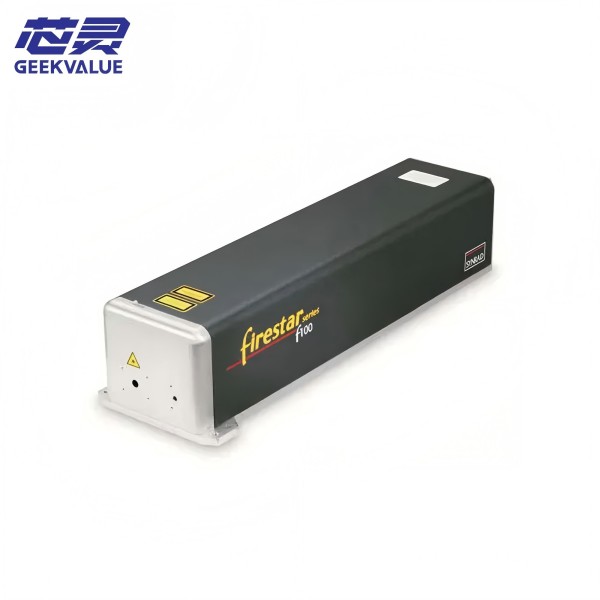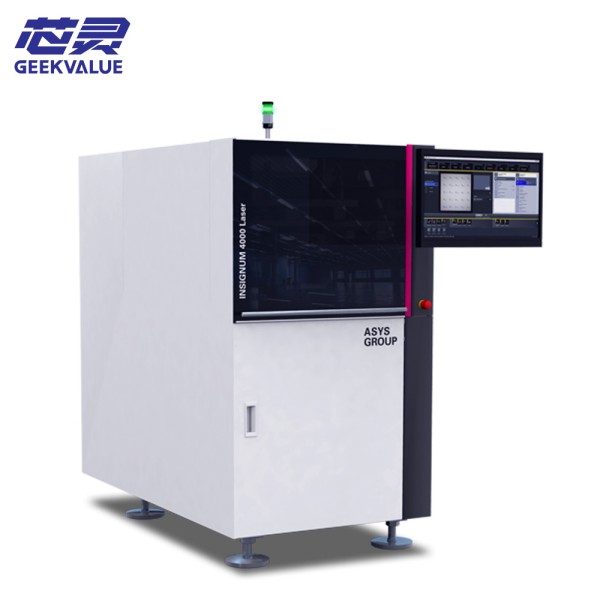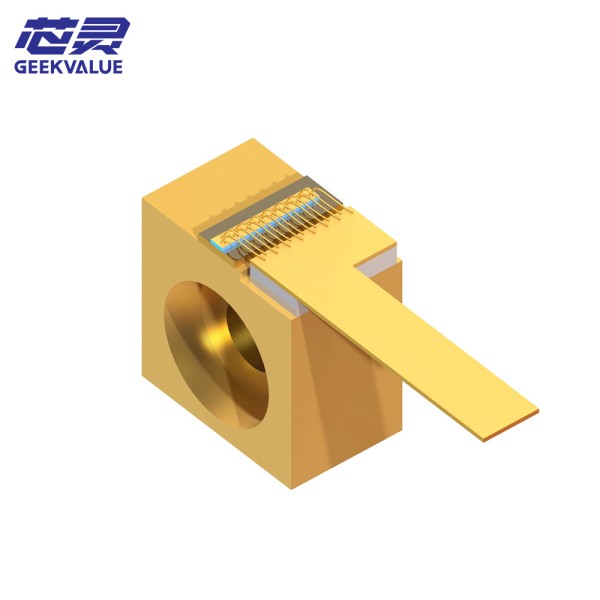Synrad (now part of Novanta Group) is an internationally leading CO₂ laser manufacturer, focusing on small and medium power (10W-500W) gas lasers, which are widely used in laser marking, engraving, cutting and medical equipment. Its products are known for their high stability, long life and low maintenance costs.
2. Core functions of Synrad lasers
1. Main application areas
Industry Typical applications Recommended models
Industrial marking/engraving Plastic, wood, glass marking Firestar series (30W-100W)
Precision cutting Thin metal sheets, acrylic cutting Diamond series (150W-300W)
Medical equipment Laser surgery, beauty equipment Medical series (10W-50W)
Packaging and printing Carton/film coding, variable data printing PowerLine series (60W-200W)
2. Technical advantages
Wavelength: 10.6μm (far infrared), suitable for non-metallic material processing.
Modulation frequency: up to 50kHz (Firestar ti series), supports high-speed marking.
Lifespan: typically >50,000 hours (under normal maintenance conditions).
III. Structure and working principle of Synrad laser
1. Core components
Component Function Key features
Laser gas tube CO₂/N₂/He mixed gas excitation laser Sealed design, maintenance-free
RF power supply 40-120MHz high-frequency excitation gas discharge Water cooling/air cooling optional
Optical resonant cavity All-metal lens, gold-plated reflective layer High temperature resistance, anti-pollution
Temperature control system TEC or water cooling to maintain ±0.5℃ stability Prevent power drift
Control interface Analog/digital signal (RS-232, USB) Compatible with mainstream PLC and marking software
2. Working principle
Gas discharge: RF power ionizes CO₂ gas, resulting in particle number inversion.
Light amplification: Photons oscillate and amplify between the full reflector (rear mirror) and the partial reflector (output mirror).
Output control: Pulse/continuous output is achieved by modulating the RF power supply power.
4. Common faults and error messages
1. Typical fault codes and processing
Error code Meaning Possible cause Solution
E01 RF power failure Power module damaged/overheated Check heat dissipation and replace power supply
E05 Low laser power Gas aging/lens contamination Clean the lens and check gas pressure
E10 Water temperature is too high Cooling system blocked/water pump failure Clean the water circuit and replace the water pump
E15 Interlock trigger (safety door open) External safety circuit disconnected Check door switch and wiring
2. Other common problems
Unstable laser output:
Cause: Temperature control failure or RF power fluctuation.
Processing: Use an oscilloscope to detect RF signal and calibrate temperature control PID parameters.
5. Maintenance methods
1. Daily maintenance
Optical system:
Check the output mirror/reflector every week and wipe it with a special lens cleaner.
Avoid direct contact with optical surfaces with your hands.
Cooling system:
Test the coolant every month (deionized water conductivity <5μS/cm).
Clean the filter every quarter (water-cooled models).
Gas monitoring:
Record the laser tube gas pressure (normal range 50-100Torr), and contact the manufacturer if abnormal.
2. Preventive maintenance plan
Cycle Maintenance items Tools/materials
Weekly Optical lens cleaning Dust-free cotton swabs, anhydrous ethanol
Monthly Check the fan/water pump operation status Multimeter, flow meter
Every six months Calibrate the RF power output power Power meter, oscilloscope
Yearly Return to the factory to test gas purity and sealing Synrad professional testing equipment
3. Precautions for long-term outage
Run the laser for 30 minutes before powering off to exhaust internal moisture.
Storage environment: temperature 10-30℃, humidity <60%, avoid dust.
VI. Comparison with competitors (Synrad vs Coherent CO₂ lasers)
Indicators Synrad Firestar f100 Coherent Diamond E-100
Power stability ±2% ±1.5%
Modulation speed 50kHz 100kHz
Maintenance cost Low (no consumables) High (gas needs to be replaced regularly)
Typical life 50,000 hours 30,000 hours
VII. Summary
Synrad lasers significantly reduce the difficulty of user maintenance with their sealed gas tube design and modular RF power supply. Key maintenance points include:
Regularly clean the optical lens (to avoid power attenuation).
Strictly monitor the cooling system (to prevent overheating and damage to the RF power supply).
Standardize operation (avoid frequent power on and off to impact the gas tube).
For complex faults (such as gas leakage or RF circuit damage), it is recommended to contact a professional technical service provider to handle







